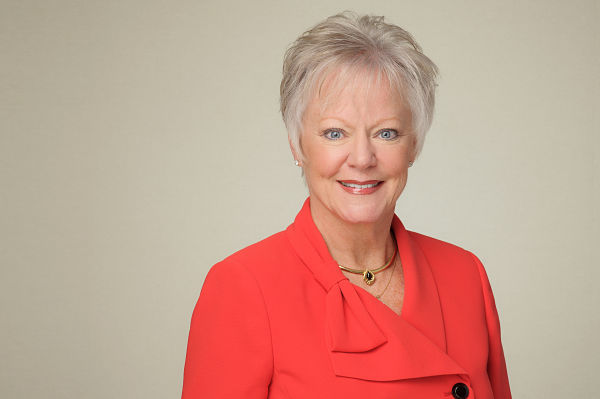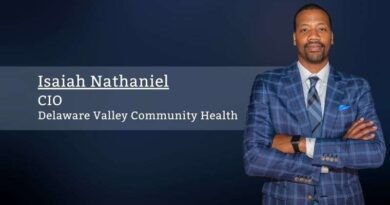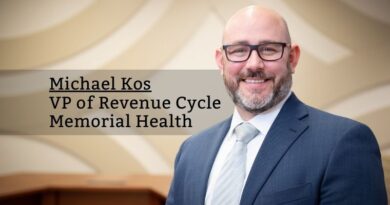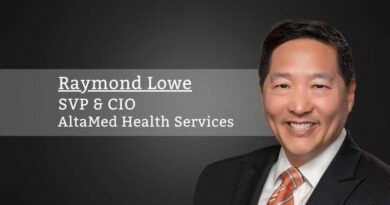The Secret to Successful EHR Adoption
By Beverly Jordan, Vice President and Chief Information and Transformation Officer, Baptist Memorial Health Care
While electronic health records are mandated under the Affordable Care Act, the real key to making an EHR beneficial for everyone is understating how it works and keeping your patient population engaged with the system. Baptist Memorial Health Care, one of the country’s largest not-for-profit health care systems with 22 affiliated hospitals and 160 physician offices, is doing just that; involving patients, doctors, nurses, clinicians and office staff in the entire EHR process.
We use Epic’s EHR and branded it Baptist OneCare. When we launched it in 2014, we started an aggressive outreach campaign to encourage patients to sign up for MyChart – which gives them access to their medical records from their mobile devices and computers. Today, more than 325,000 Baptist patients are active in MyChart.
Through MyChart, patients can make appointments online, check in online for those appointments, fill out health history information online, receive appointment reminders and pay bills online. MyChart can also remind patients to get flu shots, colonoscopies and mammograms. Later this fall, we will roll out two new features: On My Way and Hello Patient. On My Way allows patients to tell their physicians’ office that they are en route to their appointment, and Hello Patient provides GPS directions to the closest clinic.
If the nurses and front office have charted health history, the doctor can focus on treating the patient and charting the discharge instructions.
A big benefit of electronic medical records is promoting interoperability, a seamless continuum of care across hospitals and clinics. We can help patients become involved in their own care, helping to manage –or in some cases prevent – chronic conditions. Our ultimate goal is to keep patients from becoming acutely ill, while keeping them out of the hospital.
Electronic health records also offer a new world of analytics. Health care systems can use data across the whole population to provide early intervention and treatment for illnesses like sepsis. We’re working toward a sepsis predictive model that will allow our team to intervene when a patient has very first indicators of sepsis. This multi-disciplinary effort involves the technical team, clinical providers, doctors, nurses and operations.
SIMPRO Research Center
One of the most exciting new projects we’re working on is the SIMPRO Research Center—a research collaboration funded by The National Cancer Institute in association with the Beau Biden Cancer Moonshot Initiative. We’re one of only six centers in the U.S. chosen to be part of this collaboration, which will develop, implement and evaluate an app called eSyM that will make it easier for cancer patients to report their symptoms to their physicians.
eSyM works through MyChart and allows patients to use their smart devices to track their symptoms following cancer surgery or chemotherapy. The study will test whether monitoring the symptoms patients experience and providing coaching on how to manage them can decrease the need for hospitalizations and emergency room visits. eSyM will be fully integrated into the EHR at each participating center, which will give our health care team real-time updates of patients’ symptoms. They can use that information to decide whether and when to reach out to patients and provide coaching.
Physician Adoption
How can we get doctors home for dinner?
While EHRs bring unlimited possibilities, they also present some challenges. Nationwide, 35% of physicians are experiencing burnout, some of which is attributed to EHRs. I worry about these physicians, some of whom suffer in silence because they aren’t asking for help. We want to show them that EHRs can help make their lives easier.
We start by asking ourselves, “How can we get doctors home for dinner?” We want to make EHRs more effective, efficient and ultimately beneficial for the whole health care team.
Baptist has the efficiency tools to show where doctors are spending their time in Baptist OneCare and where they are clicking when thy don’t need to, which creates more work for themselves.
Baptist is also encouraging physicians to spend time in the application to increase their knowledge. Consumers don’t buy a new computer and immediately know how to use all the tools and shortcuts. They spend time reading the instructions and playing around with the device before feeling comfortable with it. We want our doctors to do the same with our EHR.
That’s why we make training materials available to our physicians. We share Epic’s “It’s Possible” videos, which offer tips and quick tools for doctors to reference when they are charting. The better the patient documentation is the first time, the less time the doctor will have to spend on it, meaning fewer revisits to the chart.
If all health care team members are optimizing their roles, the system operates more seamlessly. If the nurses and front office have charted health history, the doctor can focus on treating the patient and charting the discharge instructions.
Protecting Patient Privacy
With the rise of EHRs comes a responsibility to protect our patients’ health records. This has become an increasingly important part of our jobs; every day, we spend time educating and researching ways to secure our EHR.
We receive reports on potential security gaps and data to help close those gaps, which helps prevent security breaches. Baptist also participates in frequent security assessments.
We also encourage patients to take an active role in keeping their data secure by logging out of their EHR accounts every time, selecting secure passwords, running anti-virus scans and being aware that data shared with third party smart phone apps could be shared beyond that app.
Technology continues to improve and enhance everything from patient accessibility to affordability. Our ultimate goal is to help more patients take better care of themselves.
Also Read: Technology innovation provides a road map for consumers’ end-to-end healthcare journey



